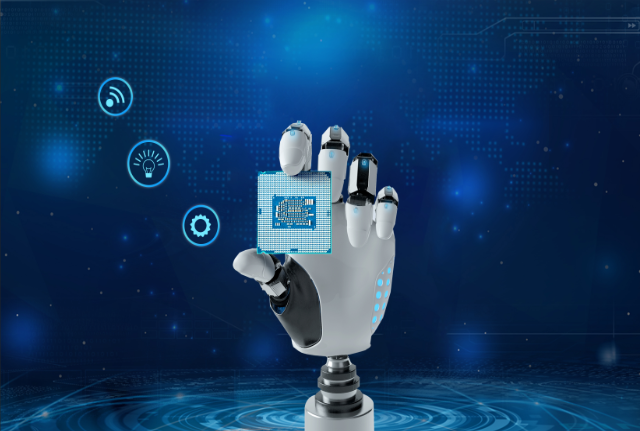

Intelligence is mushrooming, and today we’d be hard-pressed to find an enterprise technology vendor that isn’t using new generative artificial intelligence (gen-AI) and machine learning (ML) to expand its core platform. Generative AI and its use of large language models (LLM), the creation of vector databases and other reliable new technology trends are quietly affecting the way artificial intelligence is built in the next decade
When we talk about computing edge, we usually refer to the computing devices that exist in the Internet of Things (IoT) space. From remote smart city and industrial equipment sensors, cameras, accelerometer and gyroscope measurement devices, to airport kiosk check-in computers, point-of-sale equipment, and anything with network and database connectivity or storage capabilities. and process the information for later retrieval and analysis, or both.
For those who insist on language and technology purism, edge computing is a phenomenon that occurs on IoT devices, so the two terms are not exactly the same. Although specific context and necessary explanations need to be provided, we can now apply artificial intelligence to edge devices, that is, the smart devices of our smart cities are actually becoming smarter.
The AI conversation is increasingly talking about edge AI. Anything that can be connected will be generated at the edge, and a lot of data is already being generated. The scale of this situation is quickly outstripping the available network bandwidth to upload all this data to the cloud, and is exacerbated by the fact that today's networks are not optimized for uploads but for downloads. This, coupled with other challenges such as cost, latency, security and privacy, will require AI resources to be moved to the data and not the other way around. We can deploy AI at the edge in different ways. In some cases, enterprises will deploy smart sensors that integrate computing resources, including technologies such as digital motion processors (DMPs) that can automate varying degrees of analysis.
You may choose to deploy without a DMP ( Data management platforms), which simply collect data and output it in a raw format, which then needs to be analyzed by external tools. Although base sensors require more work on the part of the developer to get the desired output, they offer a "do-it-yourself" model rather than relying on the limitations of embedded artificial intelligence on smart devices
Inside and outside the device Analysis methods
Requirements for smart sensors include processing large amounts of generated data, constant or near-constant internet connectivity, and potentially significant power requirements Case. For basic sensors to be able to generate data in real-time, there is also a need to send the generated data entirely to a secondary location for processing
When implementing edge AI, there are challenges beyond the sensors themselves that need to be addressed. These include the disconnect between information technology (IT) and operational technology (OT) skills. The people actually operating the field are different from the people developing the AI models, and each role has different priorities and expertise. The two teams must work together to successfully implement AI at the edge while addressing the technical challenges of managing the challenges that come with deploying AI/ML in the real world under heterogeneous environments and large-scale changing conditions. Complexity requires a consistent delivery mechanism for AI tools, which requires implementation models and edge computing infrastructure
Currently, many edge AI projects are still in the laboratory or limited field trial stage. As enterprises begin to consider full-scale production deployments across hundreds of thousands of locations, they must build on an orchestration foundation that can handle a variety of different edge challenges such as diversity, security, and resource constraints and be fully Understand field performance to deal with inaccurate analysis or other issues that may arise
Summary
Today we can see many industries successfully deploying projects in distributed environments, such as various Retail stores, solar farms and manufacturing facilities, some use basic sensors to send data to edge nodes or even embed software within the sensors.
As we work to connect more AI at the IoT edge into enterprise networks for use cases that impact work and home life When applying, we need to consider factors such as scalability, security, identity, and stability
In some cases, we may rely on the device itself to make important decisions, but we still need artificial intelligence for automation, integration and coordination
The above is the detailed content of Why AI still faces challenges and limitations. For more information, please follow other related articles on the PHP Chinese website!
 Application of artificial intelligence in life
Application of artificial intelligence in life
 What are the applications of the Internet of Things?
What are the applications of the Internet of Things?
 What is the basic concept of artificial intelligence
What is the basic concept of artificial intelligence
 The m2m concept in the Internet of Things
The m2m concept in the Internet of Things
 What is the difference between full-width spaces and half-width spaces?
What is the difference between full-width spaces and half-width spaces?
 How to check port status with netstat
How to check port status with netstat
 Advantages of spring boot framework
Advantages of spring boot framework
 attributeusage
attributeusage




